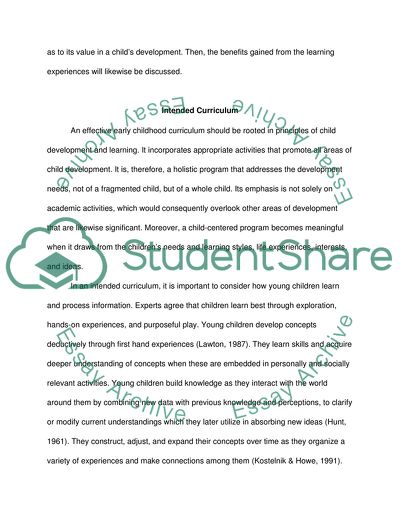Cite this document
(Integrating Creative Activities in an Ideal Curriculum for the Very Literature review, n.d.)
Integrating Creative Activities in an Ideal Curriculum for the Very Literature review. https://studentshare.org/education/1716166-what-should-be-the-ideal-curriculum-for-your-area-of-work-or-8206professional-practice8206-not-what-is-the-best
Integrating Creative Activities in an Ideal Curriculum for the Very Literature review. https://studentshare.org/education/1716166-what-should-be-the-ideal-curriculum-for-your-area-of-work-or-8206professional-practice8206-not-what-is-the-best
(Integrating Creative Activities in an Ideal Curriculum for the Very Literature Review)
Integrating Creative Activities in an Ideal Curriculum for the Very Literature Review. https://studentshare.org/education/1716166-what-should-be-the-ideal-curriculum-for-your-area-of-work-or-8206professional-practice8206-not-what-is-the-best.
Integrating Creative Activities in an Ideal Curriculum for the Very Literature Review. https://studentshare.org/education/1716166-what-should-be-the-ideal-curriculum-for-your-area-of-work-or-8206professional-practice8206-not-what-is-the-best.
“Integrating Creative Activities in an Ideal Curriculum for the Very Literature Review”. https://studentshare.org/education/1716166-what-should-be-the-ideal-curriculum-for-your-area-of-work-or-8206professional-practice8206-not-what-is-the-best.


